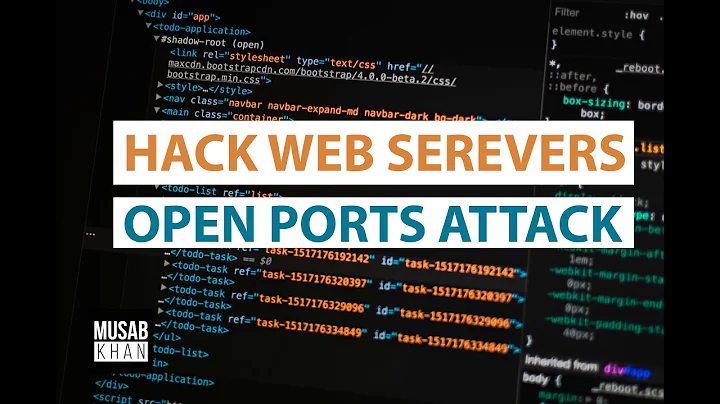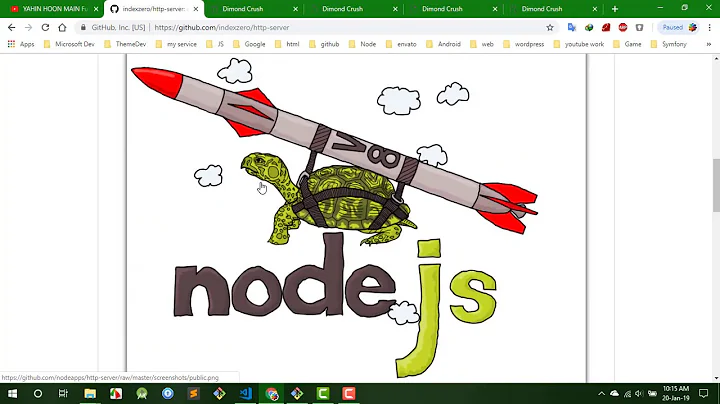How to access http server from bash script with existing tcp connection?
The tool you are looking for is socat. Since you are testing one single web server, you can ask it to establish a permanent connection to that server (as long as it doesn't choose to close it -- adjust your timeouts accordingly) and once this is done, you can use the connection as a tunnel. Below are two ways to accomplish this.
Querying through a Unix socket
curl has a --unix-socket option that allows you to send HTTP requests and receive HTTP replies through a Unix socket (thank you, thrig, for your enlightening comment)
You would use it like this:
socat TCP:10.5.1.1:80 UNIX-LISTEN:/tmp/curl.sock,fork
Then, on another terminal:
curl --unix-socket /tmp/curl.sock http://10.5.1.1/message1.txt
curl --unix-socket /tmp/curl.sock http://10.5.1.1/message2.txt
...
Querying through a pseudo-HTTP-proxy
You can also make your tunnel available as a pseudo-proxy through which wget, curl,... would connect. This solution has the advantage to not be limited to curl.
This time, socat listens to a local TCP port (say 3128):
socat TCP:10.5.1.1:80 TCP-LISTEN:3128,fork,reuseaddr
Then, on another terminal:
export http_proxy='http://localhost:3128'
curl http://10.5.1.1/message.txt
wget http://10.5.1.1/message.txt
....
Note that since the HTTP client is using a proxy, the HTTP request will be slightly altered and this may not be desirable.
Of course, none of those two solutions are intended to be used with multiple HTTP servers since this is your web-server at the end of the channel that receives all the requests.
Related videos on Youtube
Joe
Updated on September 18, 2022Comments
-
 Joe over 1 year
Joe over 1 yearIn a bash shell scipt, I use several command line tools (
wget,curl,httpie) to test my http server.When using e.g. curl to invoke a GET request, I see that a tcp connection is opened to my server and closed immediatly after the http communication has been completed.
$ curl http://10.5.1.1/favicon.ico -o /dev/nullFor better testing the keep-alive behaviour of my server, I want to keep the tcp connection open over multiple http request / response cycles.
I am able to perform poor http requests directly from bash like this:
exec 3<>/dev/tcp/10.5.1.1/80 printf "GET /\r\n\r\n" >&3 while IFS= read -r -u3 -t2 line || [[ -n "$line" ]]; do echo "$line"; done exec 3>&- exec 3<&-But because my testing communication is much more complex (incl. authentication et cetera), I don't want to code this completely myself in bash or other scripting language but want to use existing tools instead. The idea is now to first open a tcp socket in bash and then forcing some command line tools to use this connection instead of open their own sockets. Maybe like this;
exec 3<>/dev/tcp/10.5.1.1/80 curl http://10.5.1.1/message.txt --use-existing-socket-fd=3 # ... do some other testing stuff ... wget http://10.5.1.1/message.txt --use-existing-socket-fd=3 # ... do some other testing stuff ... http http://10.5.1.1/message.txt --use-existing-socket-fd=3 exec 3>&- exec 3<&-Might this be possible using the above mentioned tools or with other tools?
-
thrig over 6 years
curl(of sufficient version) can use--abstract-unix-socketor--unix-socketthough those after some fiddling around appear less practical than just using TCP -
xhienne over 6 yearsThanks a lot @thrig, I didn't know those options and I have updated my answer accordingly (only with
--unix-socketthough, since mycurlis not fresh enough to support the--abstract-unix-socketoption). -
thrig over 6 yearsWhen I looked at
tcpdumpthe socket option was sending SYN packets for each command, unlike when TCP is used, so they may be different. -
xhienne over 6 years@thrig I see only one single SYN from client to server. Did you call
socatthe way I call it in my answer? -
thrig over 6 yearsAhh, I had the
UNIX-LISTENbefore theTCP, opposite of what you have -
 Joe over 6 yearsPseudo-HTTP-proxy approach: The request will be altered from
Joe over 6 yearsPseudo-HTTP-proxy approach: The request will be altered fromGET /message.txttoGET http://10.5.1.1/message.txtand this o.a. let Digest Access Authentication fail (because of altered URI). I'd now changed my server to strip thathttp://10.5.1.1from the URI and now it also works with Digest Access Authentication :-) -
xhienne over 6 years@Joe Didn't think about Authentication. Glad to learn that you found a way to circumvent that.




